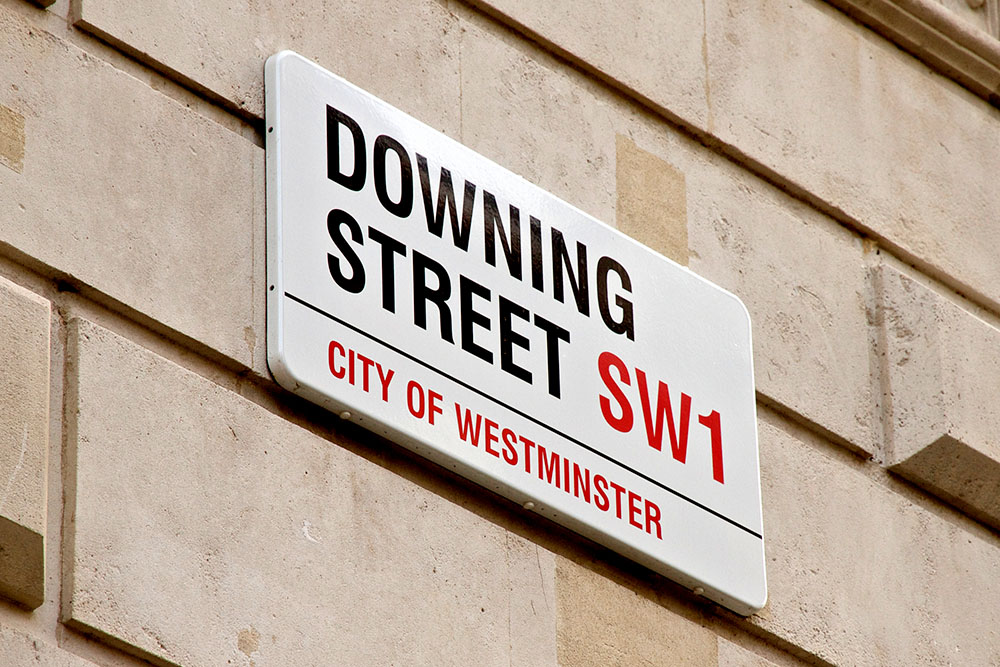Bure Valley Group is an investment introducer platform which links successful investors with exciting, innovative UK startups seeking funding. This content is for information purposes only and should not be taken as financial or investment advice.
Speaking outside Downing Street on 27 August, Prime Minister Starmer announced that “painful” decisions would arrive in the Autumn Statement (expected on 30 October). This has pushed investors into further speculation about what kind of policy changes may be arriving later in the year. What might happen, and how can you prepare?
Below, we explore some of the more plausible outcomes, summarising research from leading think tanks and publications like the Institute for Fiscal Studies (IFS). We discuss possible routes for investors to explore with a financial adviser to ensure maximum manoeuvrability in their portfolios.
We hope these insights are useful to you. To learn more about our EIS projects and other early-stage opportunities, visit our portfolio page. For enquiries regarding our latest projects and funding, you can reach us via:
+44 160 334 0827
Where might the axe fall?
Rachel Reeves – the new Chancellor – has reiterated Labour’s general election campaign promise not to raise taxes on “working people”. The specific taxes mentioned were income tax, national insurance (NI) and VAT.
This suggests that Labour may have boxed itself in with its fiscal policy. If this promise is honoured, then wealth seems to be the remaining option for taxation (rather than earnings). Examples of wealth-related taxes include:
- Capital gains tax (CGT)
- Inheritance tax (IHT)
- Pension-related taxation, such as tax relief
- Council tax
- Business-related taxes, such as the VAT registration threshold
Will capital gains be taxed more?
Markets are widely expecting the Chancellor to raise CGT rates in October. Although not guaranteed, there are many factors which raise this possibility.
Notably, the public purse is very stretched, with a “£22bn black hole” already apparent to anyone who looked before the election. There is a historical precedent for raising CGT rates, too. Conservative Chancellor equalised CGT rates with income tax rates in the 1980s.
If CGT rates are increased, it may not raise as much money as the government might hope. Investors may simply hold onto their assets for longer (since CGT only applies upon the disposal of a chargeable asset). Perhaps they may wait until a future government takes power and lowers CGT rates again.
There is also a strong argument that the government has shot itself in the foot by not clearly communicating its fiscal policy. By failing to dampen concerns about a CGT rise in October, many investors are restructuring their assets beforehand – e.g. moving shares into ISAs, pensions and tax-efficient vehicles like the Enterprise Investment Scheme (EIS). Had the government been able to “spring” a CGT rise in the Autumn Statement, it would not have allowed time for investors to do this – thus raising more money for the Exchequer.
What about pensions?
A pension is one of the most tax-efficient ways to invest for retirement. Not only are returns tax-free within a pension “wrapper” (e.g. capital gains), but investors can enjoy tax relief on their contributions equivalent to their highest marginal tax rate – e.g. 40% for a Higher Rate taxpayer.
There is speculation, however, that Labour may target pensions in the Autumn Statement. Righ-leaning newspapers have warned that the Chancellor may impose a flat rate of tax relief (e.g. 20% or 30%) for all taxpayers. Other possibilities include removing the inheritance tax (IHT) exemption on pension pots, lowering the annual allowance or altering the 25% tax-free lump sum available after age 55.
Any changes to pensions will likely require a lot of political capital due to widespread voter outrage. Given Prime Minister Starmer’s reputation for caution, a “tinkering” of the pension system – or keeping the status quo – seem the most plausible outcomes. However, if you are a Higher Rate or Additional Rate taxpayer, discussing your pension options with a financial adviser may be worthwhile soon (before any possible changes arrive).
Other changes
Unfortunately, few people know what is being discussed behind closed doors at Westminster. Fiscal policy could take everybody by surprise in the Autumn Statement. Certainly, many were shocked by the Chancellor’s decision to abolish the universal Winter Fuel Payment in August. So, it is unwise to build an investment portfolio based on policy predictions.
Rather, a wiser approach may be to ensure a high degree of “built-in” portfolio flexibility. This can help investors to pivot quickly if the policy landscape suddenly shifts. One idea is to utilise a wide range of investment structures or “wrappers”, to help with diversification. For example:
- Pensions
- ISAs (individual savings accounts).
- Venture Capital Trusts (VCTs)
- The Enterprise Investment Scheme (EIS)
- The Seed Enterprise Investment Scheme
- Charitable giving
- Trusts
By spreading your investments across multiple wrappers, asset classes, markets and companies, you reduce exposure to the risks associated with each one. For instance, if Labour changes the ISA rules (e.g. capping an individual’s savings at £100,000), then the investor still has the option to build wealth via other structures – e.g. EIS investments.
Invitation
Interested in finding out more about the exciting startup projects we have on offer to investors here at Bure Valley Group?
Get in touch today to start a conversation with our team and discuss some of the great investment memorandums we have available here:
+44 160 334 0827


